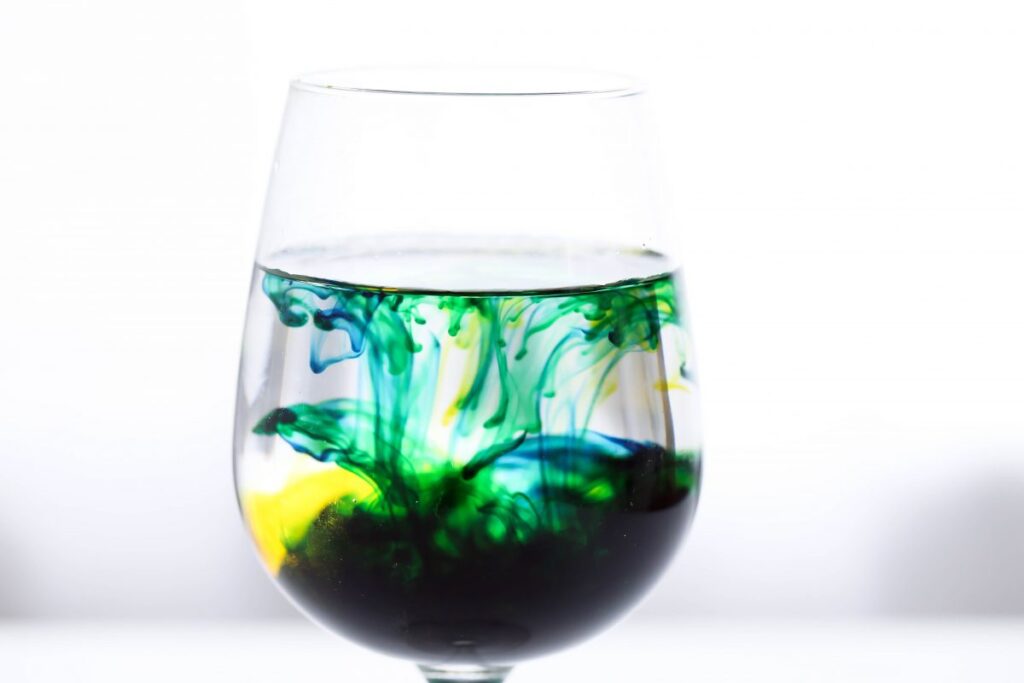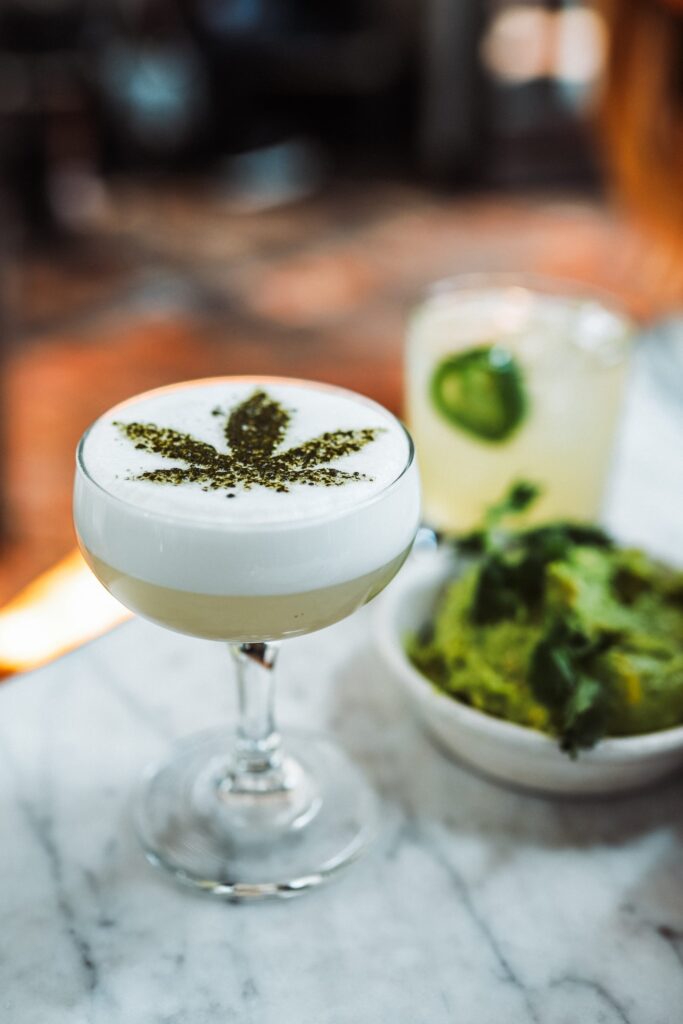SōRSE News & Blog
Home > News/Blog
More results...

A Guide to Emulsification & Its Role in Cannabis Infused Food and Beverage Products
Learn about infused emulsions for food & beverage.

The Science Behind Making Cannabis Drinkable
Learn more about the science behind how cannabinoids are extracted.







